HERD International is a partner in the CHORUS research consortium. We are implementing a study in Pokhara Municipality of Nepal to understand the local health system, and we aim to contribute to its strengthening, so it can address the health needs of the urban poor communities. The study will specifically focus on the approaches of how to strengthen the delivery of quality non-communicable disease (NCD) prevention and care services for the urban poor. This blog introduces Pokhara Metropolitan City (PMC), the health state of the city, and what access the urban poor have to quality health services in the area.
The relevance of the CHORUS study in the recent demographic context
The Nepalese government Central Bureau of Statistics (CBS) unveiled preliminary findings of the census in January 2022. The report indicates some changing demographic trends.
- Nepal’s population has increased to 29.19 million in 2022 from 26.49 million in 2011, with an average annual growth by 0.93 percent. In the last ten years there has been a 10.18 percent rise in population. The male / female population split is 48.96 / 51.5 percent, however preliminary data does not capture the number of people who want to categorize themselves under the ‘other sex’ category. The census has also shown a new trend in the size of family. An average family size is now 4.25 in urban areas and 4.55 in rural areas, decreasing from 5.44 in 2001 (at the national level).
- The urban population is now at 66 percent, with the rural population percentage at 34, assuming the municipality, sub metropolitan city and metropolitan city as urban areas, and rural municipality as rural areas in the newly federalized context. Just ten years ago, the urban population was 17.07 percent and rural population was 82.93 percent, assuming 58 municipalities existed then as urban areas. During the federalization process, the government merged various Village Development Committees and converted them to either municipalities or rural municipalities, so urban populations increased and affected the urban-rural proportions. This suggests remarkable urban growth in last couple of years.
- The census report also shows reverse population growth in hilly and mountainous regions, whereas growth is highest in the southern flat region known as Terai, which is experiencing fast-growing cities and attracting internal migrants.
These recent demographic trends indicate rapid urbanization and migration in Nepal. The increasing urbanization, unmanaged settlement, rapid migration and changing lifestyles are factors that have affected the health of urban dwellers in Nepal.
About Pokhara City
Pokhara city, one of the popular tourist destinations of country, lies in Gandaki province of Nepal. Rich in culture and natural beauty, Pokhara is known for its panoramic mountain views and beautiful lakes, attracting large numbers of tourists every year. The view Machhapuchchhre (fishtail) mountain towards the northern mountain range is a particular draw for tourists. Pokhara is also the route to the Annapurna Himalayan range that consists of three out of the ten highest peaks in the world – Dhaulagiri, Annapurna and Manaslu. The city offers recreational activities such as trekking, boating, paragliding and site seeing to the tourists and provides employment to a large number of people in return.
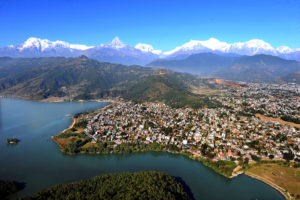
Pokhara is also the provincial capital city of Gandaki province and is a main commercial hub in the region. The 2020 census indicates it has one of the five highest metropolitan city populations. Migration to Pokhara from the adjoining hill districts has recently become common due to potential employment opportunities for poorer people from the peripheral areas. The 2018 Economic Census, indicates a total of 30,745 establishments in PMC that are involved in various economic activities. In those establishments, 111,818 people are engaged, either as self-employed or an employee and this includes the informal and non-registered sector, with total male engagement of 61,872 and female engagement of 42,597. Industrial workers, porters, garage workers, hotel and restaurant workers, street children, intravenous drug users and female sex workers are concentrated in Pokhara (Pokhara Metropolitan Period Plan 2021-2025). Urban poor residents in Pokhara have been clustered into 212 squatter settlements, however, there are poor citizens also living in rented accommodation throughout the city. Poor settlements are unregulated, overcrowded and are also prone to disease outbreak. Such living conditions pose health threats to vulnerable populations.
Health Services and Non-Communicable Diseases (NCDs) in Pokhara
NCDs are the leading causes of death in Nepal (66%) and Pokhara is no exception. A study conducted in PMC revealed that the cost of treating and managing NCDs is unaffordable for many people as they are diagnosed late. Essential health care serves such as antenatal health care service utilization in Slum Areas of Pokhara is also poor. In terms of public health provision, there are 19 health posts, 2 primary health centers, 1 urban health promotion center, 18 urban health and 1 primary hospital under Pokhara Metropolitan city. Pokhara Institute of Health Sciences, Manipal Medical College, Gandaki Medical College and Matrishishu Miteri Hospitals are the referral hospitals located in the metropolitan city.
Despite the availability of the health facilities – both public and private, the local system is struggling to address the health needs of poor people. Delivery of the Package of Essential Non-communicable Diseases (PEN) is an example. The Nepalese government introduced the PEN package to screen, diagnose, treat and refer cardiovascular diseases, COPD, cancer, diabetes, and mental health at health posts, primary health care centres and district hospital for early detection and management of chronic diseases within the community. Under this package health posts are mandated to detect and diagnose hypertension and diabetes and refer complicated cases to hospital, as well as assess CVD risks; provide counselling services; refer patients; follow up with low and high risk patients; refill drugs and promote health. However in practice, only a limited number of health posts and primary health care centres have capacity to provide these services.
In our conversations with health workers during recent health facility visits in Pokhara, health workers shared some practical issues that impede service delivery from local health facilities, including a lack of medicine supplies to the primary health care centres; staff absences or unfulfilled health worker positions and managerial issues.
A primary health care centre manager noted that his facility currently had vacancies for a medical officer, staff nurse and auxiliary nurse midwife. As per the new government policy, they have to run primary health centres for 24 hours but all staff are not trained in the facility. Due to staff rotations, sometimes the NCD trained staff work the night shifts but patients visit the health facility in the day, so this provision does not align with the need of patients. He also noted that in his experience, health workers prefer to be posted at facilities near their home which can cause understaffing in many facilities.
A medical officer felt that he is not able to utilize his knowledge and skills while treating patients due to a lack of laboratory examination facilities, and he often has to refer patients to other hospitals. Budget shortages mean they cannot maintain the x-ray machine and do not have a technician to operate it, therefore he finds himself limited to providing over-the-counter-medicine without diagnosing the cause of disease.
According to health workers, patients from well off families visit provincial public hospitals and well equipped private hospitals for diagnosis. Those who visit local public health facilities are the poorer patients from semi urban areas, but they are not getting the services they are entitled to by the state. Another trend health workers observed is that the outreach clinics are no longer attracting the communities. The health workers reach rural communities by walking for 3 to 4 hours to conduct outreach clinics, but the number of people visiting is negligible. Therefore, in discussion with the municipality, they have halted plans for outreach clinics, but they are interested to know what prevents local people visiting.
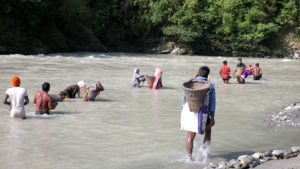
Health workers at an urban health promotion center wonder why the number of poor people such as daily wage workers and slum dwellers are not visiting the center. Four years ago, the government of Nepal introduced the concept of urban health promotion centers to promote urban health through delivery of basic health services. Urban health promotion center establishment and operation guidelines mandated these centers provide 10 types of services, one being for NCDs. Health workers at the centers noted that around 80% of visitors are those who are already enrolled under the government health insurance scheme, who often visit the center to get referral documents instead of health check-ups. Although the center provides some NCD services including lab tests, the majority of the patients who visit here request for referrals to other hospitals because their expenditure is covered by the insurance. However, a nurse noted that poor residents do not have access to the insurance scheme because they cannot afford the enrollment fees. The urban health promotion center is now more of a referral center in practice, which is not its core function. The nurse speculated that poor residents may be taking services from private pharmacies rather than visiting the center.
As the economic condition of the patients is not recorded in the current data recording system in local health facilities, health workers will be unaware of the economic profiles of patients. This makes it difficult to conclude which health facilities are being used by the urban poor.
Conclusion
Pokhara is one of the highest populated cities of Nepal, and is attracting high numbers of internal migrants. The urban poor in Pokhara mostly work in informal sectors such as hotels, restaurants, factories, business firms and tourism as daily/monthly wage earners. Many factors are unknown regarding how the local health system addresses their health needs including NCD services, however, they do not have access to quality basic health services due potentially to the nature of work; a lack of capacity to afford the health services; or because the local health system does not align with their needs. The recent transition and readjustment in roles and responsibilities, alongside resource shortages and managerial and governance issues seem to have been affecting the local health system’s current performance in addressing health needs of urban poor populations. A closer inspection is required to understand the local health system’s response to the health needs of urban poor can contribute to strengthening local government ability to address the health needs of those poor.
Main image credit: Shreeman Sharma, HERDi
Photo 1 credit: Chandra Shekhar Karki/ Nagarik/ Republica
Photo 2 credit: Ashim Shrestha, HERDi
This blog is sourced from CHORUS Consortium website www.chorusurbanhealth.org
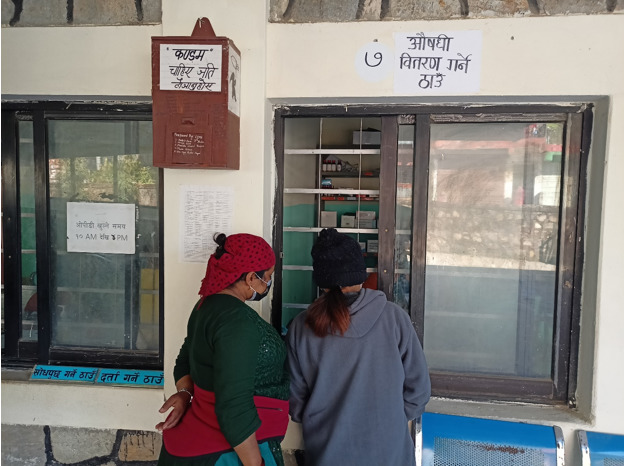






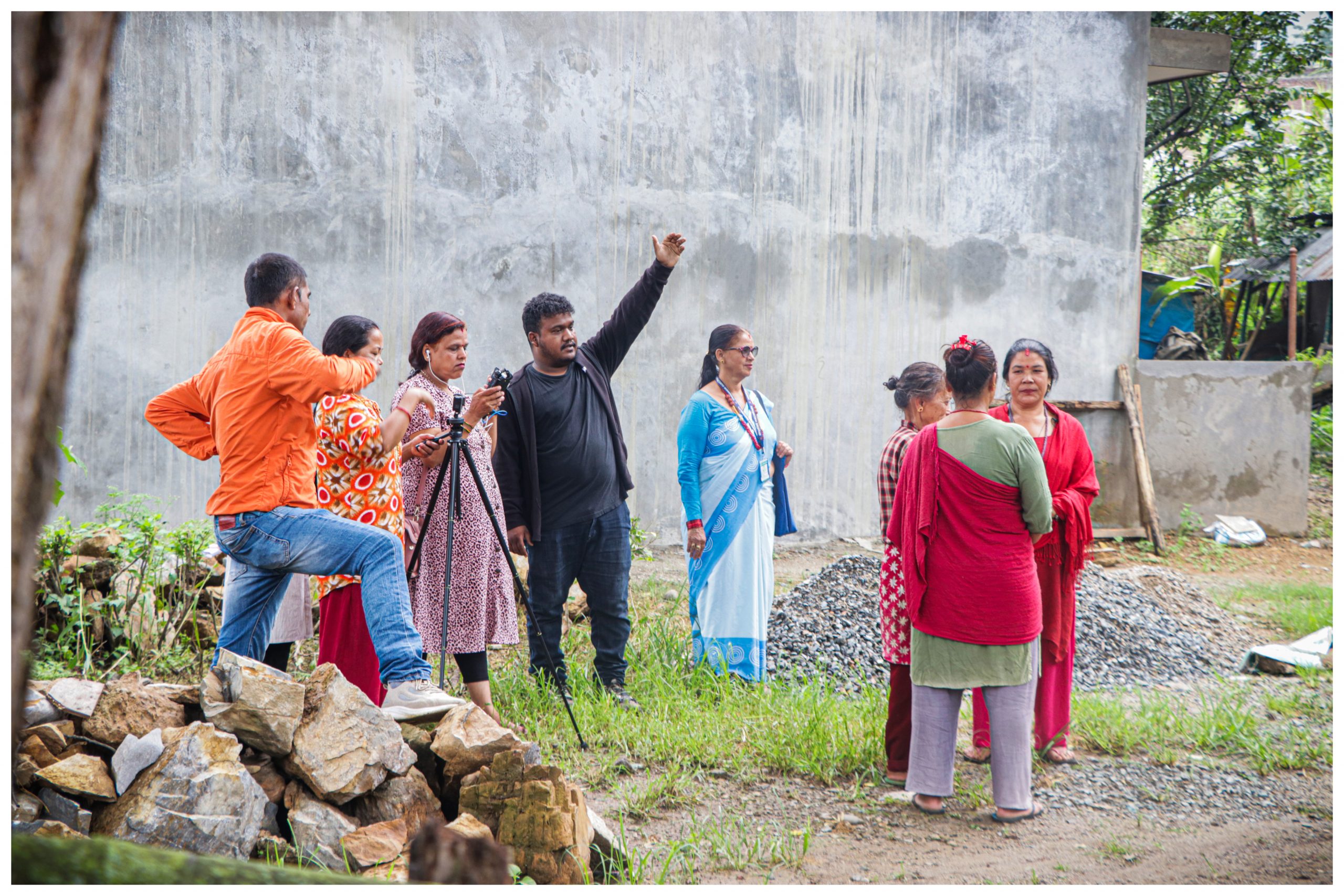

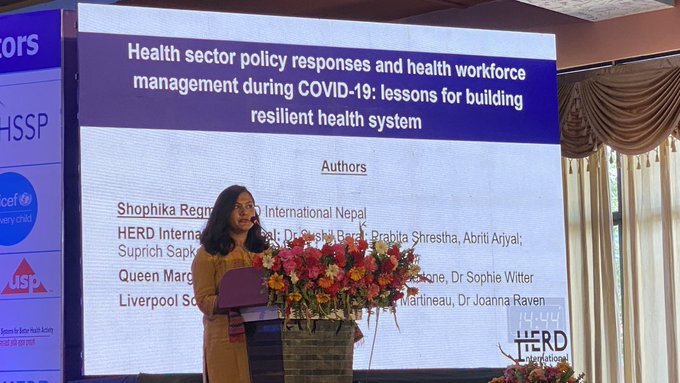
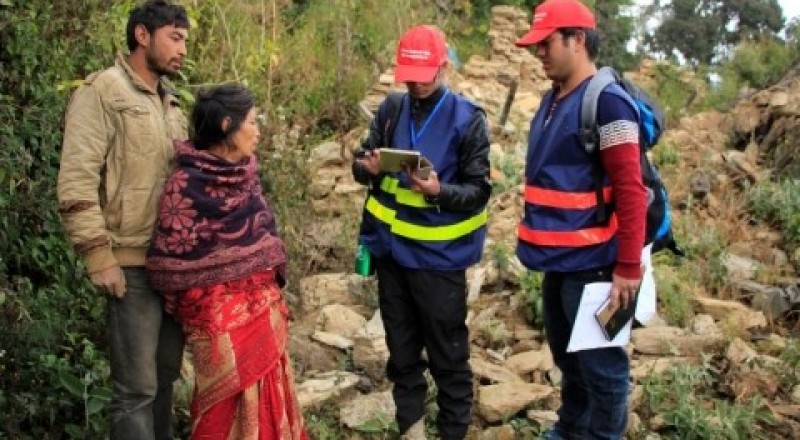
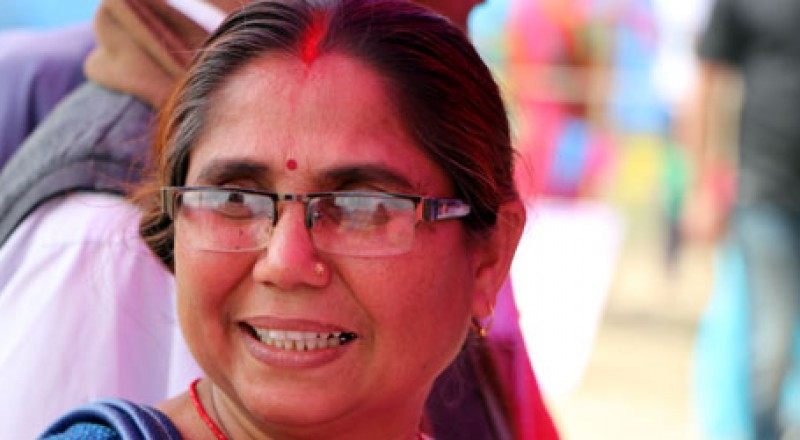
Comments (0)
No comments found.